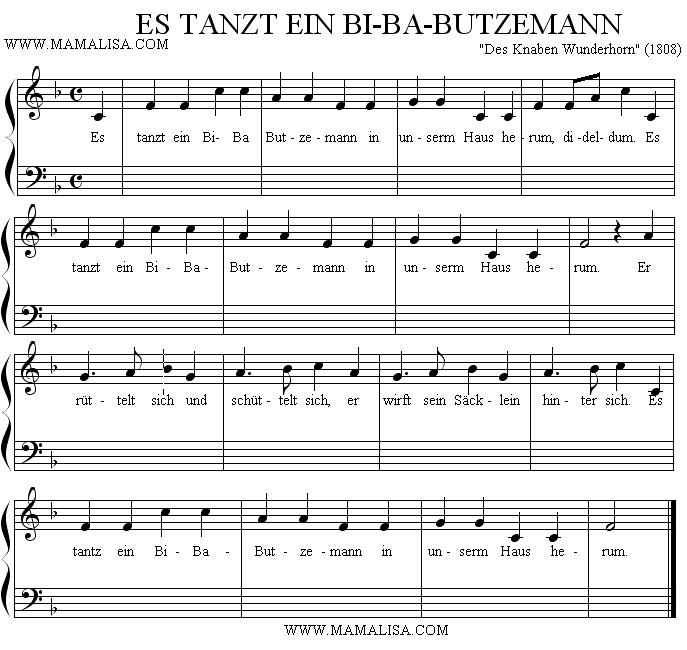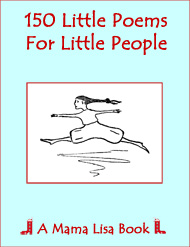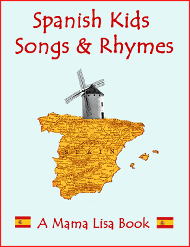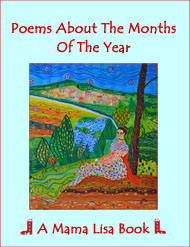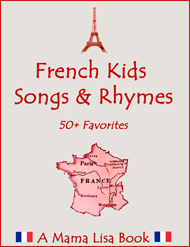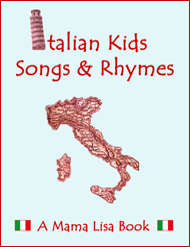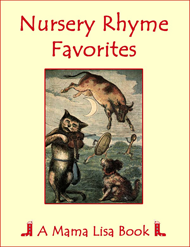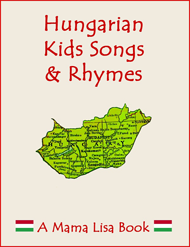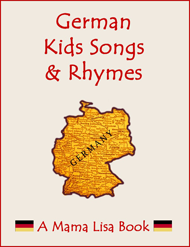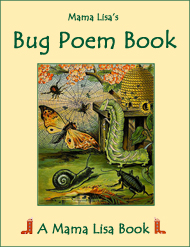Es tanzt ein Bi-Ba-Butzemann
Es tanzt ein Bi-Ba-Butzemann
A Be-Ba-Boogeyman Dances
Drop the Handkerchief Game
Drop the Handkerchief Game
(German)
(English)
Refrain:
Es tanzt ein Bi-Ba-Butzemann
In unserm Haus herum, dideldum,
Es tanzt ein Bi-Ba-Butzemann
In unserm Haus herum.
Er rüttelt sich, er schüttelt sich,
Er wirft sein Säckchen hinter sich.
Es tanzt ein Bi-Ba-Butzemann
In unserm Haus herum.
(Refrain)
Er wirft sein Säcklein her und hin,
Was ist wohl in dem Säcklein drin?
Es tanzt ein Bi-Ba-Butzemann
In unserm Haus herum.
(Refrain)
Er bringt zur Nacht dem guten Kind
Die Äpfel die im Säcklein sind.
Es tanzt ein Bi-Ba-Butzemann
In unserm Haus herum.
(Refrain)
Er wirft sein Säcklein hin und her,
Am Morgen ist es wieder leer.
Es tanzt ein Bi-Ba-Butzemann
In unserm Haus herum.
(Chorus)
It dances, a be-ba-boogeyman,
Around our house, diddle-dum,
It dances, a be-ba-boogeyman,
Around our house.
It shakes, it shimmies,
It throws its little bag behind its back.
It dances, a be-ba-boogeyman,
Around our house.
(Chorus)
It slings its little bag back and forth,
What's good inside that little bag?
It dances, a be-ba-boogeyman,
Around our house.
(Chorus)
At night, it brings the good child
Apples that are in that little bag.
It dances, a be-ba-boogeyman,
Around our house.
(Chorus)
It slings its little bag back and forth,
In the morning it will be empty again.
It dances, a be-ba-boogeyman,
Around our house.
Notes
According to the German Wikipedia entry of the song, Butzemann or Butz are names for demons, ghosts, goblins or dwarf forms or the bogeyman that scares children. It is mainly found in southern Germany and Switzerland. The song is originally an incantation of a poltergeist and not a children's song.
Game Instructions
All the children form a circle. The child playing the boogeyman has a "bag" (which can be a handkerchief or another suitable object). On the chorus, the boogeyman dances around the circle, then on the first part of the verse, he shakes himself as hard as he can. Close to the end of the song, he throws the "bag" behind the feet of another child - as furtively as possible so that the child doesn't notice anything - and he goes on dancing around the circle, as if nothing had happened. If the child notices the "bag", he must run after the bogeyman to catch him. If the bag is not seen, the bogeyman goes on dancing calmly once around the circle and then taps the child on his or her back and they swap roles.


Thanks!
Thanks and Acknowledgements
Text from "Des Knaben Wunderhorn", a collection of German folk poems and songs edited by Achim von Arnim and Clemens Brentano, and published in Heidelberg, in the Grand Duchy of Baden. The book was published in three editions: the first in 1805 followed by two more volumes in 1808.
Translation by Lisa Yannucci and Monique Palomares.




